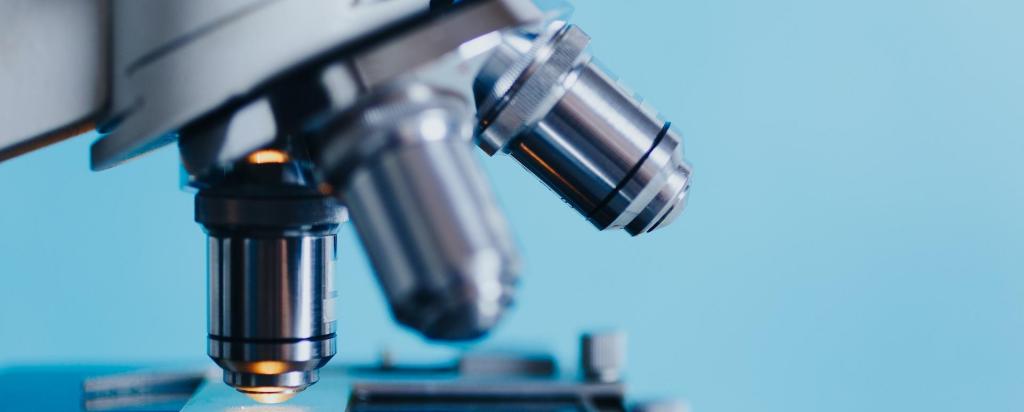
Showing 361 - 380 of 417 results
ANSTO provides groundwork for promising new nuclear medicine
Clarity Pharmaceuticals is building on comprehensive work on chelators carried out at ANSTO.
ANSTO's innovative approach to treating cancer gets funding
An international team led by ANSTO has been awarded a prestigious program grant from the Foundation for Australia-Japan Studies.
Research may lead to more effective anti-tumour drug
High intensity X-ray beam provides insights into the activity of natural killer cells.
ANSTO hosted workshop brings scientists together from Asia and the Pacific to address food fraud using nuclear science and technology
Transistors and NASA's radiation paradox: strength in detection, weakness in space operations
The nature of Metal-Oxide-Semiconductor Field Effect Transistors (MOSFETs) present a fascinating paradox in space exploration. Their strength in radiation detection becomes their weakness in space operations, exposing an Achilles' heel for NASA. Yet, these same devices monitor radiation doses received by humans on earth and in space.

Working at ANSTO
ANSTO offers a diverse range of career opportunities within science, engineering, corporate services and trade disciplines.
Superstructure determined
Detailed molecular structure of silver nanocrystals determined
Microfluidics: the next wave of disruptive technology in radiochemistry?
Microscale clues provide insight into cataclysmic Tongan volcanic eruption
In an effort to understand why the Tongan Hunga volcano eruption was so explosive, internationally-recognised volcanologist Prof. Shane Cronin of the University of Auckland and associates rely on beamlines at the Australian Synchrotron to support comprehensive research on the Hunga event.
Updates on developments in small modular reactor technologies
There have been significant developments in small modular reactor technologies in 2022. The International Atomic Energy Agency expects small modular reactors (SMRs) to make an important contribution to achieving global climate goals and energy supply security. But with more than 70 SMR designs under development in 18 countries – including innovative reactors that are yet to be licensed and novel methods of modular manufacturing that are new to the nuclear industry – widely deploying SMRs in time remains a tall task.
Powerful new microscope a game changer in battle against disease
The Titan Krios cryo-electron microscope reveals the inner workings of life at the cellular level.

COVIDSafe Plan Victoria
This COVIDSafe Plan describes the actions that ANSTO will take to keep our staff, contractors and visitors and platform users and collaborators safe and minimise the risk of the spread of COVID-19 infection.
Evaluating the impact of nanomaterials on health and the environment
ANSTO has put together a robust multidisciplinary approach to understanding the impacts of nanomaterials, investigating a common food additive, E171 titanium dioxide, used primarily as a colouring agent in everyday foods.
Man-made fossil emissions larger than previously believed
ANSTO contributes to major study on global warming by measuring methane and carbon monoxide trapped in ice.
Sustained contribution ANSTO Award to Prof Henk Heijnis
Environmental scientist with a passion for fieldwork and a lifelong commitment to scientific excellence
Water experts share insights into unique environment of Thirlmere Lakes
ANSTO has produced a comprehensive report for the NSW Department of Planning and Environment that represents a significant scientific investigation of the connections, pathways and processes of water loss from the Thirlmere Lakes system.
In the push and pull of crowds, disordered proteins dance precariously
A collaboration of scientists from RMIT, ANSTO and the CSIRO has published pioneering research that brings new insights into intrinsically disordered proteins and protein regions (IDPs)/ (IDRs) and how they behave under various physiological processes.
New approach to breast cancer detection using synchrotron radiation
Phase contrast tomography shows great promise in early stages of study and is expected to be tested on first patients by 2020.
Window into the cell
Access to a ‘window into the cell’ with University of Wollongong cryogenic electron microscope at ANSTO.